I would like to offer a generic solution that I have found highly useful because it does not depend on the type of project box and does not require that the PCB have mounting holes in specific locations. This approach allows you to mount any PCB in any project box with a minimum of fuss.
1. Get (or make) standoffs tall enough to position your PCB at whatever level you prefer. My local hardware store has hollow standoffs in nylon and aluminum, but I've used wooden dowels and even drilled-out sawed-off lengths of pencil on occasion.
2. Get screws that will grab the standoffs you've chosen, and screw them through the PCB mounting holes into the standoffs. Any screws that will grab the standoffs are fine. Self-tapping sheet-metal screws are great, but sometimes an existing PCB doesn't have room for the heads on those screws, so I often use smaller machine screws. If you buy pre-threaded standoffs, obviously you need to match the screws to the threads.
3. Put your PCB (with standoffs attached) into the project box and move it around until you are happy with the position. Mark the position (or just eyeball it).
4. Get some fast-setting glue. If you want the ability to pull it apart and re-position things fairly easily, you can use a glue gun. If you want things to be really secure, use 5-minute epoxy or a 2-part polyurethane glue. If you want an instant set, use superglue with a spray accelerator. Or just use whatever you have on hand.
5. Put the glue on the bottoms of the standoffs, and put the PCB into the location you have chosen. Leave it until the glue sets.
DONE! Any PCB in any position in any enclosure.
I have a 3D printer and I print my own enclosures, but I don't bother to print standoffs any more because it's not worth the hassle to get the holes aligned perfectly with PCB holes that may not be evenly spaced. It's just too fast and easy to mount standoffs on the PCB and then glue them in place.
Hope this helps somebody!
